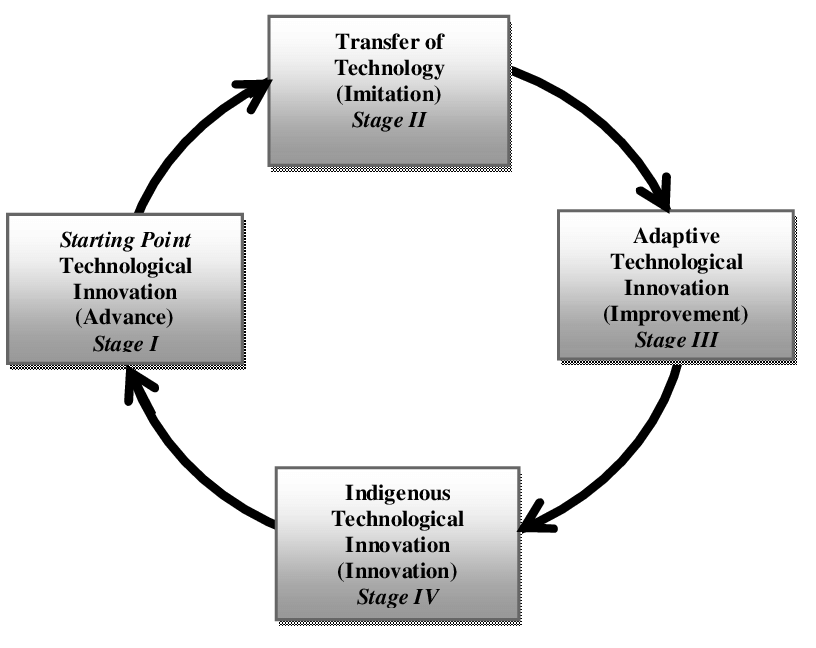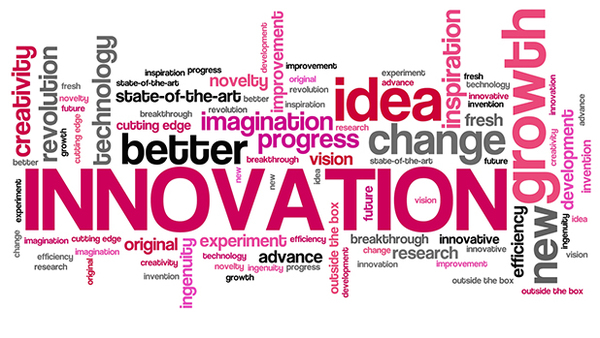Research
TECHNOLOGICAL INNOVATION
SEARCH: LIBRARY of CONGRESS SUBJECT HEADINGS


